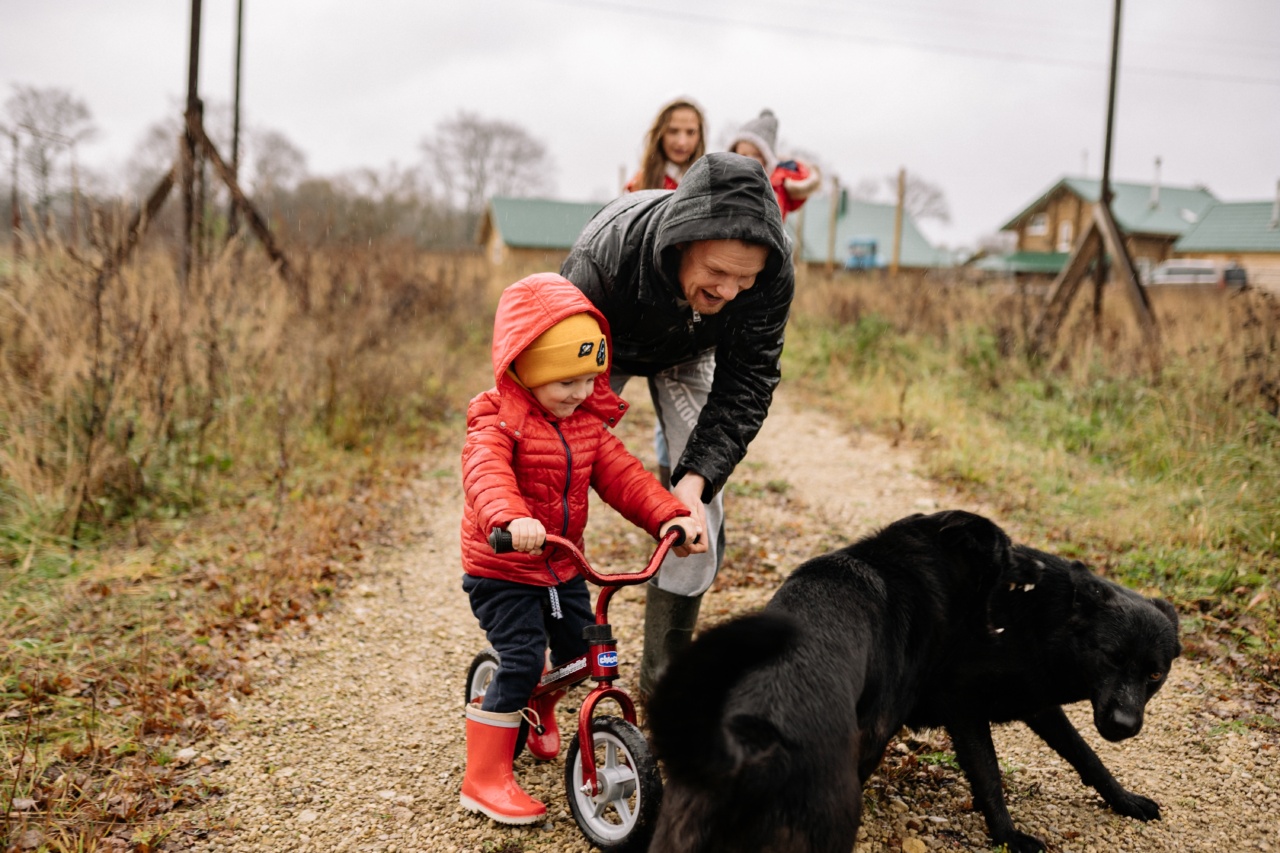As much as we love our furry friends, it is important for us humans to understand the language of dogs to ensure their well-being and safety around us, especially for kids who may not yet have the ability to recognize signs of distress in dogs.
Here are some tips to help kids learn the language of dogs.
Understanding a Dog’s Body Language
A dog’s body language can give us many clues to how they are feeling. Here are some examples:.
Tail
A wagging tail does not necessarily mean that a dog is friendly or happy. A tail that is low and tucked between the dog’s legs may indicate fear or anxiety. Kids should avoid approaching a dog with a tail tucked or between their legs.
Growling and Barking
Growling and barking are clear indications of a dog’s discomfort. Parents should teach their kids to avoid provoking or approaching dogs that are growling or barking aggressively.
Eye Contact
A dog’s eye contact can indicate different emotions. For example, a dog that maintains prolonged eye contact while holding a tense body may be feeling aggressive or dominant.
Alternatively, a dog that avoids eye contact may be feeling anxious or fearful. Kids should avoid prolonged eye contact with dogs they are not familiar with.
Understanding Positive Behaviors
In addition to recognizing signs of distress, it is also important for kids to learn positive behaviors that dogs exhibit when they are feeling happy and comfortable. Here are some examples:.
Tail Wagging
A dog that wags its tail in a relaxed manner or moves the tail in a playful way indicates that they are comfortable and happy. Kids can approach these dogs if the owners give permission and demonstrates positive interaction with the dog.
Show of Affection
Dogs that seek proximity and are willing to cuddle or nuzzle demonstrate a positive sign of affection. Parents should supervise interactions between kids and dogs during affectionate behaviors.
Relaxed Body Language
A dog with a relaxed body, such as relaxed ears and mouth, indicates that they are comfortable and feel safe in their environment. Kids can approach these dogs if the owners give them permission to interact with their dogs.
Respecting the Dog’s Space
Finally, kids should learn to respect the dog’s space. Just like humans, dogs need their personal space, and they can get agitated if someone invades it.
It is essential to teach kids to respect the dog’s space and leave them alone when they show signs of wanting personal space.
Avoiding Negative Behaviors
Here are some negative behaviors kids should avoid:.
Petting or Approaching a Sleeping Dog
Dogs may become startled or agitated if someone disturbs their sleep. Parents should teach their children to avoid petting or approaching a sleeping dog.
Pulling a Dog’s Tail or Ears
Pulling a dog’s tail or ears can cause them pain and discomfort. Parents should teach their children not to pull a dog’s tail or ears, or any other body part as a sign of play or interaction.
Taking Away a Dog’s Food or Toys
It is essential to teach kids not to take away a dog’s food or toy. Dogs may become aggressive and territorial when they feel that someone is trying to take away something that belongs to them.
Conclusion
Teaching kids the language of dogs is crucial to ensuring the safety and well-being of both the child and the dog.
Parents should never leave kids unsupervised when interacting with a dog, and as children grow older and more responsible, they can have more interaction with dogs. Respecting and understanding the dog’s language way pave the way for a fulfilling and happy relationship between pets and their owners.






























